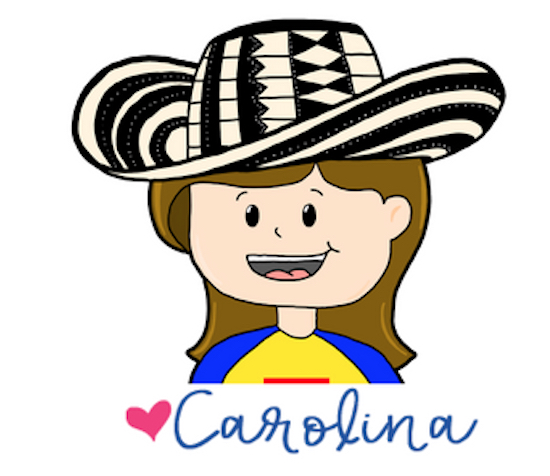
BRAIN BREAKS FOR SPANISH CLASS
Here is a list of brain breaks for different levels.
¡Chocolate!
Carolina
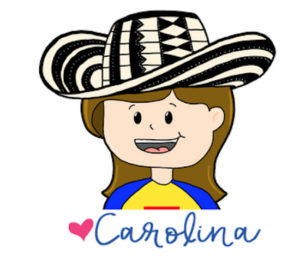
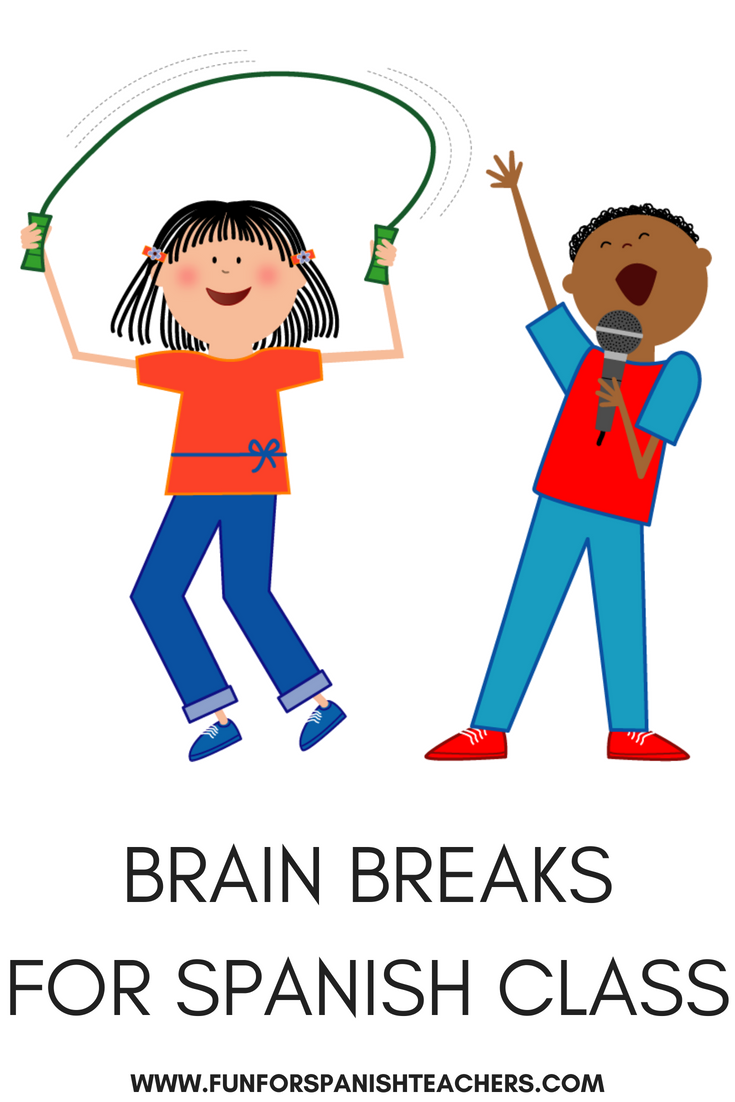

Here is a list of brain breaks for different levels.
¡Chocolate!
Carolina


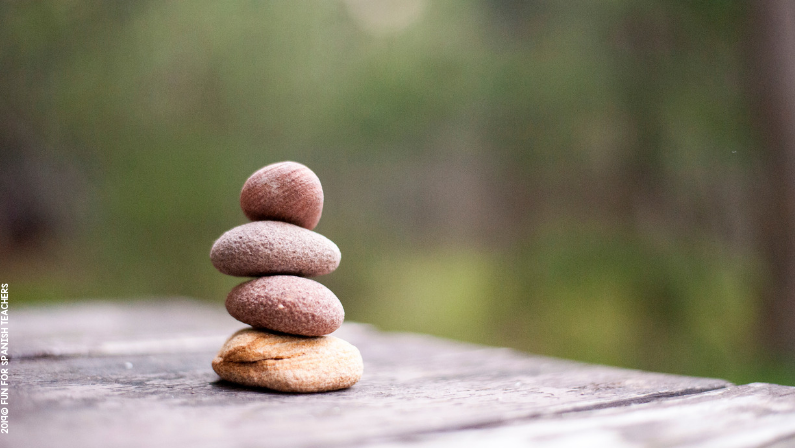
Brain break or calm down activities? This is the question I have been asking myself this year after teaching my sweet first graders. I am lucky that we have a mindfulness teacher in the school where I teach. I asked him for some help, and he graciously offered to come sit and observe my students in my class. After observing my class he noticed that I have been using a lot of brain breaks that will leave my students with high energy, which doesn’t really help this group of active first graders maintain focus during the rest of the class period.
This is what he suggested I do:
Here are some visuals that might be helpful to have in your room.

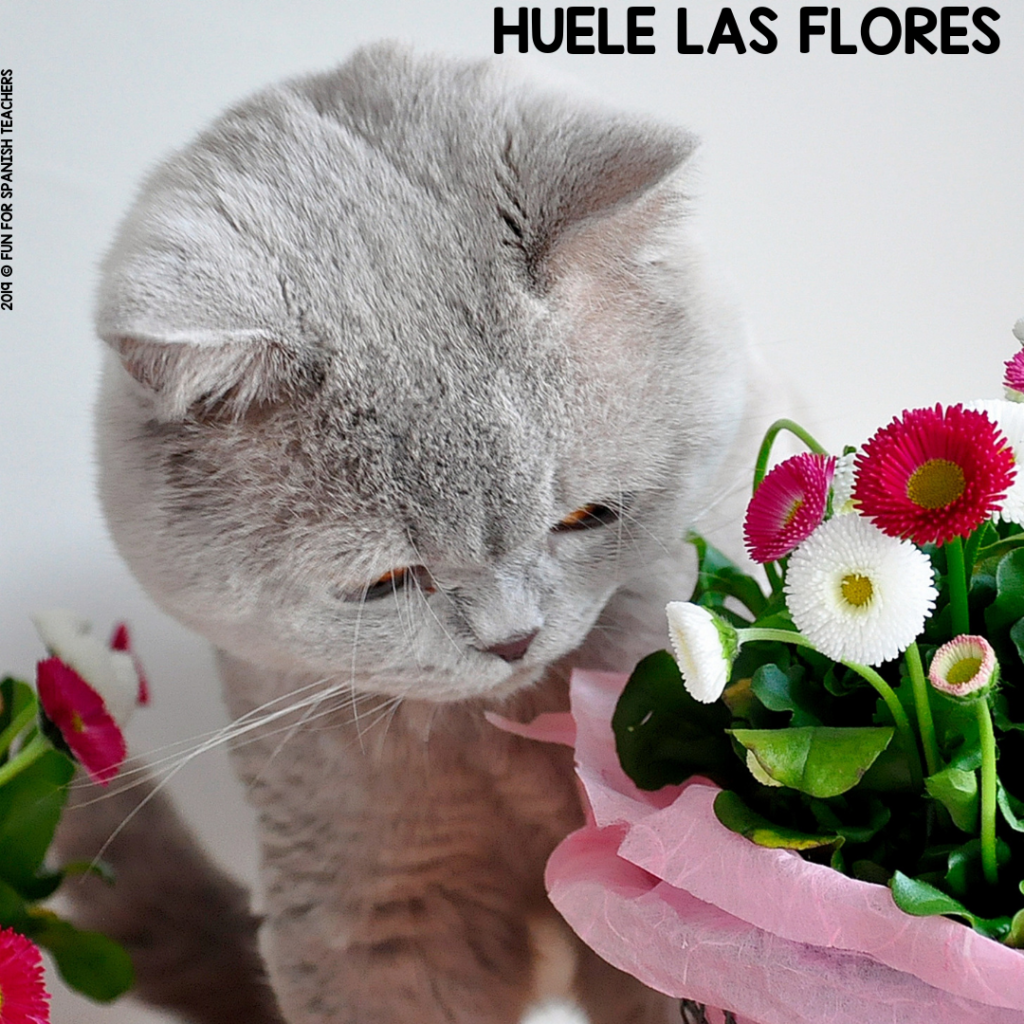


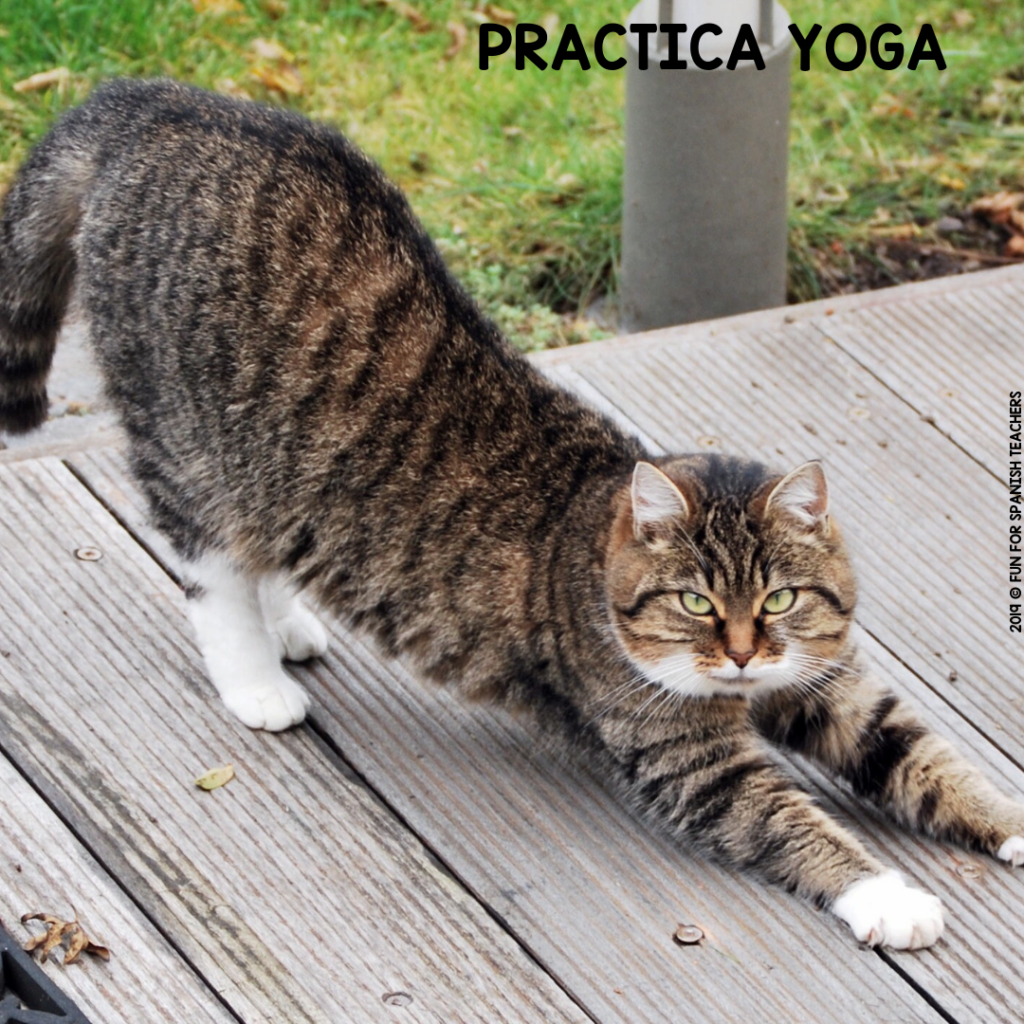
Stop by Mundo de Pepita to learn more about creating a calm classroom!
More yoga ideas for your class:
Five Yoga Poses for Spanish Class
Needing something different than calm down activities? I have tons of active, energizing brain breaks activities on my blog, too:
Brain Breaks for Spanish Class
Enjoy!

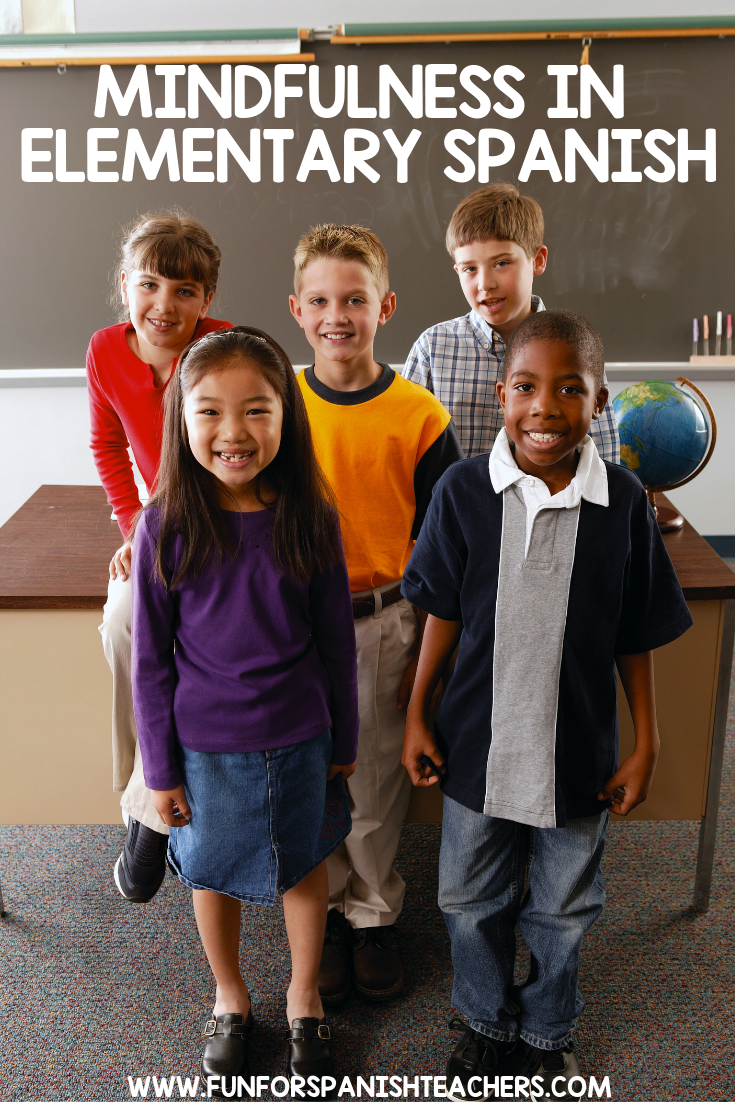

These “C’s for the first days of school” are a group of consejitos that I consider important and also reflect on every year. Focusing on these C’s is important to me, as they represent essential aspects of establishing a positive classroom environment in the initial days, which will have a lasting effect throughout the rest of the school year.
Building relationships with your students, as well as among the students themselves, starts from day one! Engaging activities like identity maps, puzzles, and ‘All about me’ exercises can help foster a sense of belonging and establish meaningful connections within the class. Additionally, it’s important to allow your students to get to know you by sharing a bit about yourself. This can be achieved through a simple presentation where you discuss your interests, preferences, and share some pictures.
Cooperatively establishing classroom norms and agreements is key to setting clear expectations and building a strong classroom community. Involving students in this process cultivates a sense of ownership, nurturing their commitment to maintaining a classroom environment defined by mutual respect. This can be achieved through the use of a shared language, which can then be reinforced with visuals in the target language. Some teachers opt to capture images of students exemplifying these agreements, accompanied by sentences in the target language, and display them in the classroom as visual aids.
Taking the time to learn and correctly pronounce each student’s name not only demonstrates respect but also creates a welcoming atmosphere. Celebrating diversity and various cultures fosters inclusivity. I invite you to explore my blog where I have shared a few name activities that you might find helpful!
Implementing clear and consistent daily routines not only improves classroom organization but also provides students with a sense of structure, empowering them to navigate their learning environment more effectively. These routines can encompass various elements, such as greeting your students at the door or the beginning of class, having them find a place to sit in the room, or starting the class by reading a message in the target language. Consistency is key in fostering students’ autonomy and a sense of security, particularly in the elementary classroom.
Ensure that your students can comprehend the target language effectively. Enhance their understanding by incorporating gestures, visuals, and Total Physical Response (TPR). Pause and check their comprehension.Consider establishing a signal that allows your students to indicate whether they understand or not. Personally, I find it effective to pause and inquire, “Clase, ¿está claro? o ¿no está claro” while displaying a thumbs-up for clear understanding and a thumbs-down for lack of clarity. Some students might verbalize their response, while others might use their thumbs to signal.
Introducing students to the physical layout of the classroom and its resources can help them feel comfortable and confident in their new environment. Knowing where things are in the classroom and understanding their designated places after use will save you time in the future. If you move between different classrooms, consider taking a tour with your students so that you can also become familiar with the layout of the room you are teaching in. Additionally, don’t forget to label things in the room in the target language too!
Send a letter or email to your students’ families/caregivers either before or immediately after having your students in class on the first day. Inform them about yourself, your program, your professional experience, and the expectations for your class, as well as ways to get in touch with you! Families and caregivers also play a crucial role in the building of classroom communities!
Include mindfulness pauses and brain breaks in your class routine. If you have a classroom, designate a space within it where students can go to manage their emotions and find calm during challenging moments. If you don’t have your own classroom, you might want to assign a space in the rooms where you teach. Additionally, as a teacher, find time for yourself to disconnect from your professional life and prioritize your well-being.
Lastly, don’t worry about a fully decorated classroom from day one. Starting with bare walls has proven effective for me for several reasons. Instead of focusing solely on decor, I prioritize essential materials and involve students in decorating. Our classroom is a shared space, not just mine. What other consejos would you add to this list? Have a wonderful school year!
Like it? Pin it!


If you feel like every break is like a mini back-to-school period, here are some tips that you might find helpful. What other tips would you add to this list? More than happy to read all your tips and learn from you!
Although the break was meant to rest, we never know what our students could have experienced or gone through during the break. Greet them at the door or at the beginning of class with a simple “how are you today?” or drawing how you yourself are feeling using an emoji might help.
Give some time for your students to adjust. We know the first days after the break are tiring not only for us but also for our students. There is no need to rush into the class content right away. Use the first class as a warm up class, playing some of your favorite games. Doing your favorite brain breaks and mental pauses might be ideal!
This doesn’t necessarily translate into our classroom community. We are getting ready for the continuation of the school year.
Although the break gives you an opportunity to introduce new routines, it’s also a time to reinforce what has been working great in your classes already.
Especially for World Language teachers who don’t get to see their students often, looking for opportunities to connect and get to know your students is an ongoing process.
It doesn’t matter what you call them or what system you have in place in your classes, just be sure to reinforce and keep working on a safe classroom environment for every student in your class. It’s important to talk about them, model them, and practice them a lot! This is also an opportunity to rethink and get rid of what hasn’t been working in your classes.
You might have already been doing this in your classes. If you haven’t done it yet, this is a great time to start adding times in your class for you and your students to pause. This might look different in every class, but taking the time to breathe, making time for quiet moments or listening to relaxing music, and allowing space for everyone to rest.

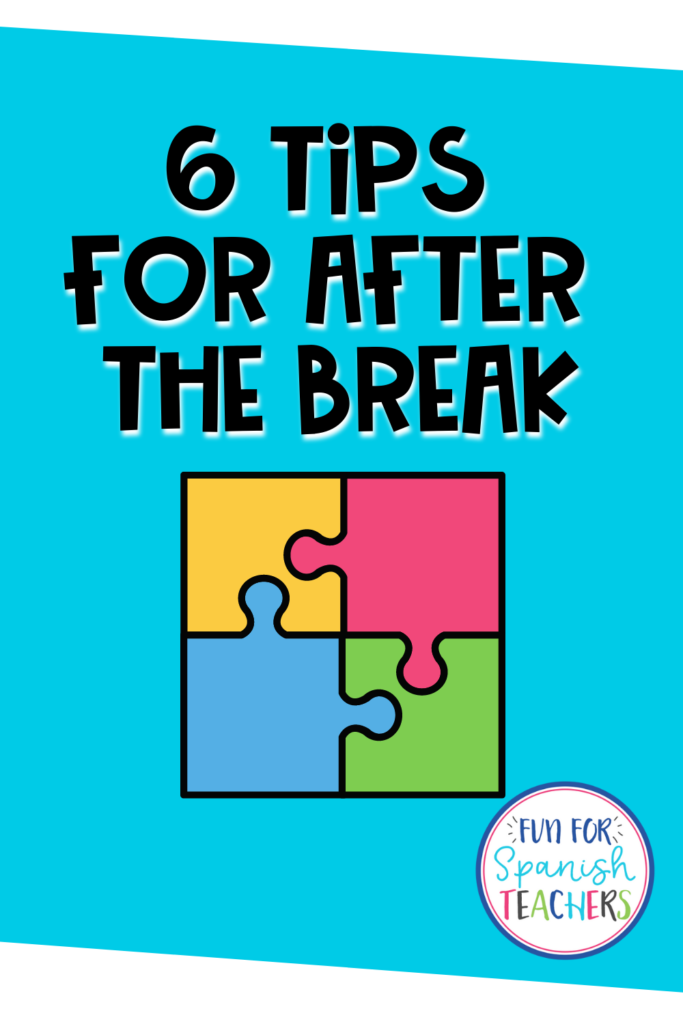
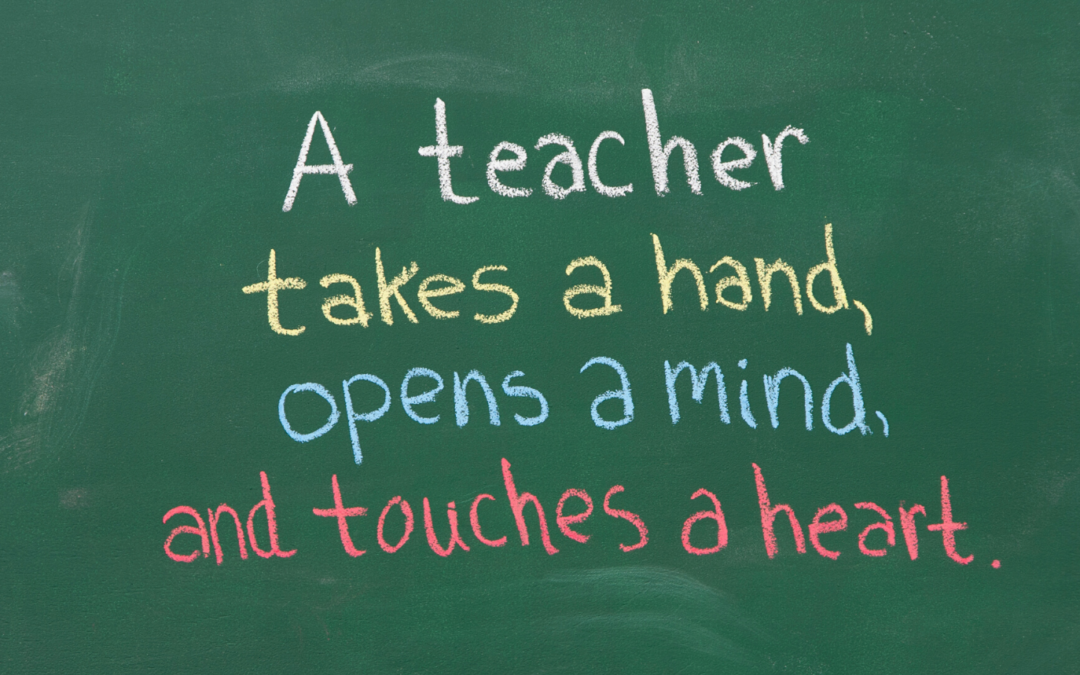
This is part 2 of the post “Tips for First-Year Teachers.” If you missed it, please make sure to read it here and come back to this post.
(From a previous post called “My Journey as a Spanish Teacher”) In the first program where I taught FLES, all Spanish teachers were required to stay 100% in the TL. I had success doing all I could to get my point across in my classes. I spent a lot of time looking for visuals, making posters, and using a lot of TPR and gestures! The program was successful, but my students thought that I couldn’t speak English. The children were trying harder to communicate with me in the TL, but there was more to it than that. I had a website, and I also sent newsletters home, but a lot of the parents apparently still thought that I didn’t know English.
One day, I was approached by a parent, and his comment was, “I thought you didn’t know English!” At that moment, I had mixed feelings. Yes, I wanted my students to use Spanish with me at all times, during class, recess time, in the hallway, and so on, but I was also sad because I was also there to “promote bilingualism,” and they thought I only knew Spanish. I was traveling from classroom to classroom, and the homeroom teachers stayed in the classroom during the 20 minutes of Spanish instruction. I recall that I rarely had to work hard on classroom management because the teachers were there to help. I also realized that I didn’t really know anything about my students.
Once I moved to a different school, the policies about teaching 100% in the TL were different. The school already had a Spanish and French teacher for grades 4 through 6, so I was hired to create the other part of the program with the help of my colleagues, and we used a backward mapping process to create our curriculum for grades pre-K to 3. Both the French and Spanish teachers used some English with their students. At first, I stuck with using only Spanish in class, mostly out of habit, and my desire to push students to use the TL. I started noticing that the other language teachers had really strong connections with their students, and their students would actually look for them during recess time. That was when it dawned on me that I had been missing an opportunity to connect with my students and get to know a little bit more about them. So by my second year in the school, I finally became more flexible and started to allow interactions with my students in their L1 during times out of my class.
Children would actually come and sit next to me by the bench on the playground, and we had great conversations, from talking about my family in Colombia to their plans after school! That’s when I realized that it was okay for them to use their L1 to communicate with me during recess time. I also feel that because I am a native speaker, they need to know that I am bilingual and that I have an interest in their language and culture. Now, keeping my class at 90 to 95 % TL in my classroom continues to be my goal.
As I mentioned above, keeping it simple is the best way, at least during your first year. In a regular pre-COVID setting, depending on the students’ level:
Other classroom routines might include having jobs for your students, cleaning and sanitizing hands, bathroom procedures, visits to the nurse, and call-response chants. (See this post on Instagram to learn more about the origin of call-response chants)
Parents also like to know what’s going on in your classes. Having a monthly newsletter or a website as a routine to communicate with your parents is also a great PR for your program!
Simple is my motto! I think three to five norms accompanied with good visuals are great! I usually have them in Spanish, but I introduce them and discuss them in English with my students. Some teachers like to create their norms along with their students, but I usually go with generally simple rules that are phrased in a positive way. I keep them in front of the room to point at them if I need them as reference. I have experimented with different norms every year, and by far these have worked the best:
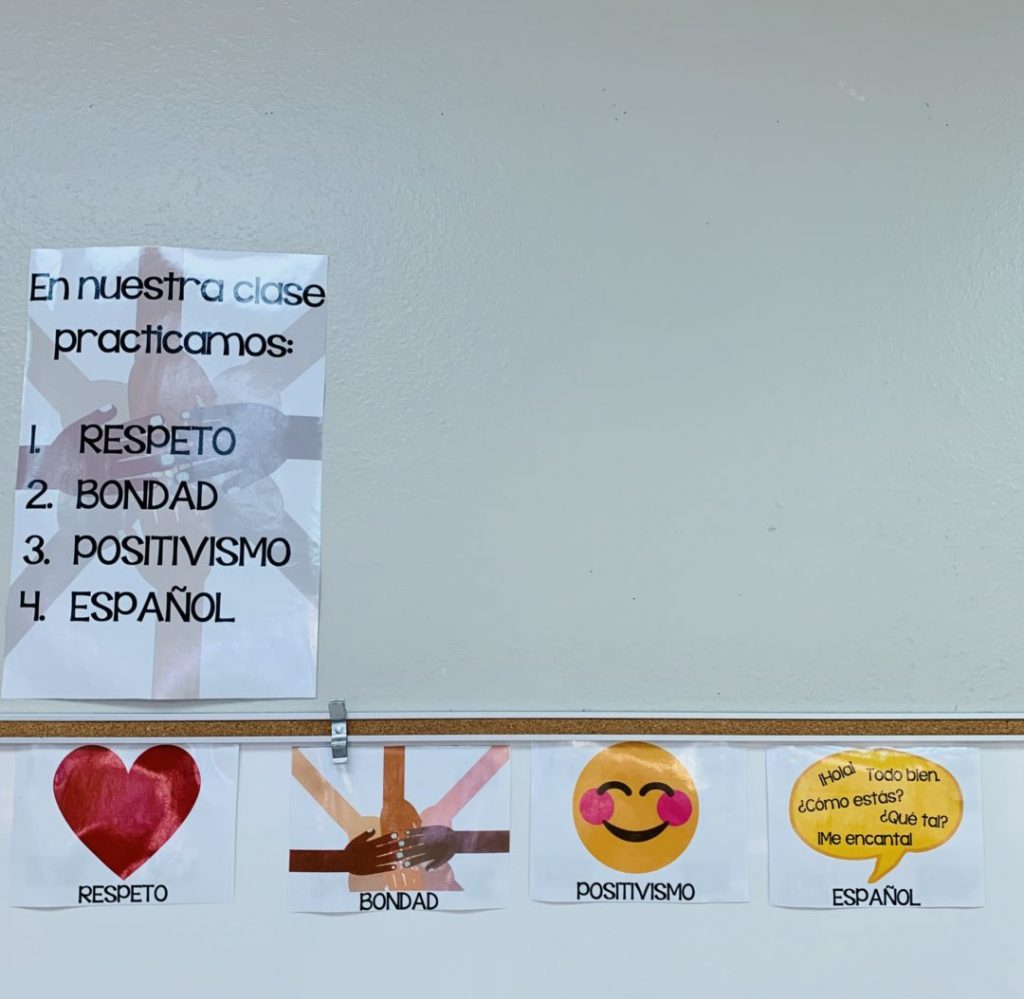
You can also piggyback on the norms the homeroom teachers have created for their classrooms.
Stay up to date with professional development by joining ACTFL (The American Council on the Teaching of Foreign Languages), NNELL (The National Network for Early Language Learning), or your state language organization. They usually send newsletters to help you stay abreast of the newest research and methodologies in language teaching. If possible attend national and/or regional conferences. Sometimes it is important to be in the same space sharing with people who care about and to whom it matters what you do.
With so many teachers sharing on social media it is inevitable to see ideas and want to bring them to your classroom and expect to get the same results as that teacher who posted on Instagram. To be honest, I have been there too, but the reality is that we never know what’s behind the scenes, so if you see an idea, read it, watch the video and see how you can adapt it to the needs of your students and to the special qualities of your personality and style. Remember that you got hired to do that job because you were the best-qualified teacher for it. So start with trusting in yourself!
Last, but not least, make time for yourself! Start now when you are new, use the weekends to disconnect if you can. Make time to take walks, exercise, or watch your favorite show on your couch. I am telling you this because I have made the mistake to get into the routine of just working, even on the weekends – sometimes to the point that I even forget that I have two kids. These last years I have made it intentional to only bring work home if necessary, and it has made a difference in my classroom. A refreshed teacher gives everyone the best chance for truly engaged students!
Please feel free to contact me if there is anything I can do for you!
